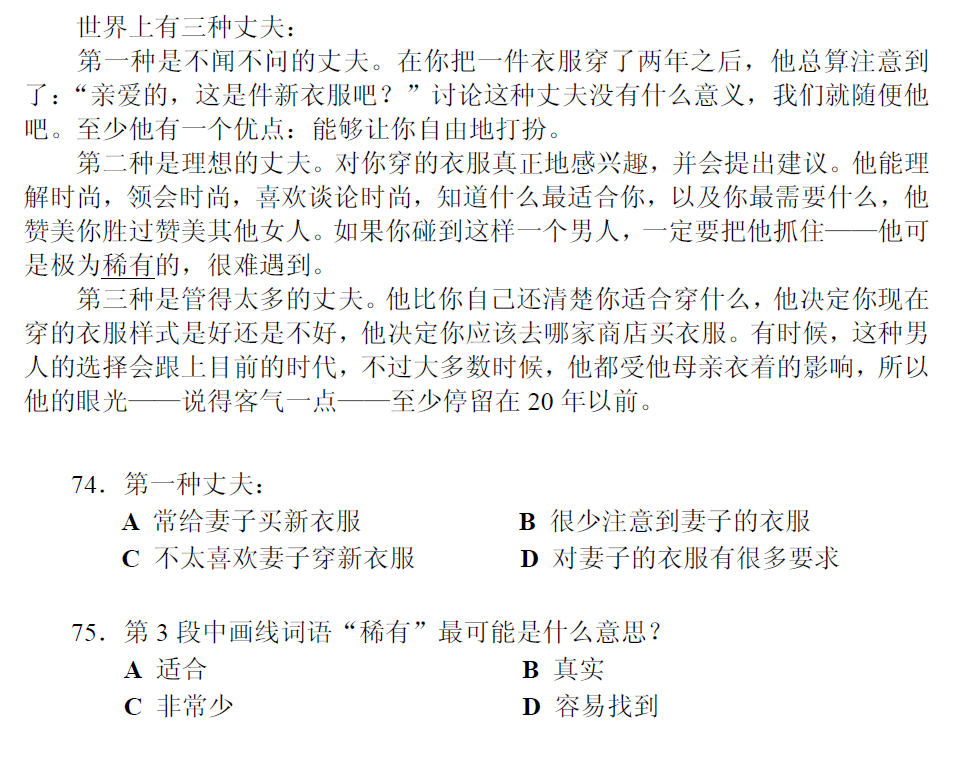The Chinese Proficiency Test, also known as the HSK, tests you on a variety of areas in the Chinese language. Simply being able to read Chinese won’t be sufficient; you’ll need a strong capability in producing the language as well. For some quick background information on the HSK, check the official HSK Chinese proficiency test website. But the short of it is that the true point of this examination is to figure out whether you are able to integrate into Chinese society, whether it be school or work. Good speaking and writing skills will be necessary, especially in the higher levels of the test. But before you even register, you should have a strong vocabulary, as vocabulary is the building block of the Chinese proficiency test.
Why Take the Chinese Proficiency Test?
This is a common question concerning the HSK: Why take it? Many take the HSK simply as a way of tracking their progress in learning Chinese. Using this Chinese proficiency test as a diagnosis of your Chinese ability is entirely feasible and recommended. Because the HSK, this Chinese proficiency test is both the most broadly used and the standard for Chinese universities and companies seeking non-Chinese members, the HSK Chinese proficiency test results can give you a yes/no answer to the question: “Am I at the level I think I am?”

The New Chinese Proficiency Test
Keep in mind that there exists an “old Chinese proficiency test.” This test is also “the HSK,” but an older version. The new Chinese proficiency test, or “New HSK” has retained the theme of the HSK but revamped the details. Now the grading format is simpler, which allows for faster grading and the reporting of scores. Prior to this, it took exorbitant amounts of time to return students’ tests. So, a few years ago, in 2009, the testing company, Hanban, revised the HSK, with the side-effect of making it easier, which is good news for students but might mean it’s not as good of a gauge as it was before. Generally, people agree that the highest level of the new HSK is not nearly as hard as the highest level of the old HSK. Regardless, passing the highest level of the new HSK implies that your Chinese ability is pretty much at the translator level.
The Levels of the Chinese Proficiency Test
The Chinese Proficiency Test (HSK) contains six levels or three levels, depeding on how you look at it. The elementary level contains levels 1 and 2; the intermediate level contains levels 3 and 4; and the advanced level contains levels 5 and 6. Each level requires a doubling of your knowledge of Chinese vocabulary. That is, each test brings into the testing twice as many words as before. So, while the tests in one level (e.g., elementary) might be of the similar formats, they vary widely on the words and phrases they use. Generally, though, the grammar forms tested don’t differ between named levels (e.g., elementary 1 versus elementary 2), whereas they do so when you move up to a new named level (e.g., moving from elementary to intermediate). In this respect, moving from level 1 to 2 is easier than moving from level 2 to 3. So, once you get to HSK Chinese proficiency test level 5, you shouldn’t expect to see any new grammar forms on level 6 of the Chinese proficiency test.


